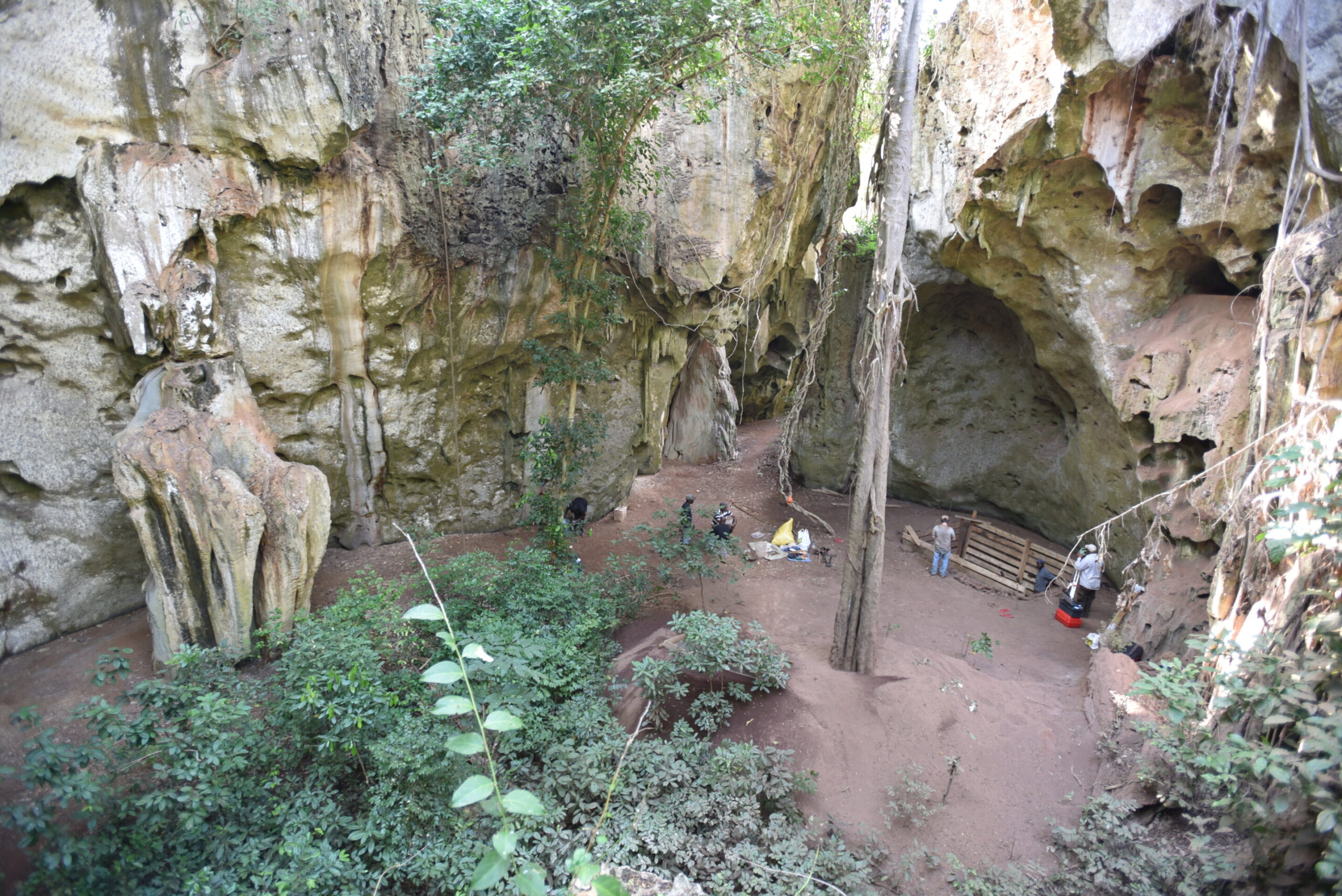Despite Africa being the cradle of humankind, evidence of early burial practices on the continent has been scarce. A recent discovery at the Panga ya Saidi cave site in Kenya is rewriting history, revealing a 78,000-year-old child’s burial – the oldest ever found in Africa.
The Panga ya Saidi site has been under excavation since 2010, a collaborative effort between the Max Planck Institute for the Science of Human History and the National Museums of Kenya. Professor Nicole Boivin, who spearheaded the project, highlights the site’s significance: “The repeated excavations have established Panga ya Saidi as a crucial site for understanding early human activities on the East African coast.”

The first signs of the child’s remains emerged in 2013, but it wasn’t until 2017 that the full picture came to light. Deep within the cave, archaeologists unearthed a shallow pit containing tightly clustered and fragile bones. Dr. Emmanuel Ndiema of the National Museums of Kenya recounts the initial uncertainty: “We knew we had something significant, but the bones were too delicate for proper examination on-site.”
The remains were carefully transported to the National Museum in Nairobi and later to the National Research Center on Human Evolution (CENIEH) in Spain for further analysis. The discovery of tiny teeth during initial lab work hinted at human origins, later confirmed – the remains belonged to a 2.5- to 3-year-old child nicknamed “Mtoto,” Swahili for “child.”
Months of meticulous excavation at CENIEH yielded remarkable results. Professor María Martinón-Torres, director at CENIEH, describes the process: “We meticulously uncovered the skull, jawbone, and even some unerupted teeth. The undisturbed position of the bones and the preserved curvature of the ribcage strongly suggest an intentional burial.”
Microscopic analysis confirmed rapid burial and decomposition within the pit, solidifying the theory of a deliberate interment. Mtoto’s flexed posture – lying on the right side with knees drawn close – indicates a shrouded burial with careful preparation. Professor Martinón-Torres adds another intriguing detail: “The position of the head suggests the presence of a perishable headrest, possibly a pillow, hinting at funerary rituals practiced by the community.”
Luminescence dating places Mtoto’s burial at 78,000 years ago, making it the oldest known human burial in Africa. The association with Middle Stone Age tools found at the site further strengthens the link between these tools and Homo sapiens.
While the Panga ya Saidi discovery is the earliest evidence of intentional burial in Africa, Neanderthal and modern human burials in Eurasia date back as far as 120,000 years. The reasons for the disparity remain unclear, potentially due to varying burial practices or limited archaeological exploration in Africa.
Professor Michael Petraglia of the Max Planck Institute concludes: “The Panga ya Saidi burial demonstrates that burying the dead was a cultural practice shared by both Homo sapiens and Neanderthals. This discovery compels us to re-examine the evolution of mortuary practices and the emotional connection we share with our deceased across species.”
The study was published in Nature.
Source: Max Planck Society
